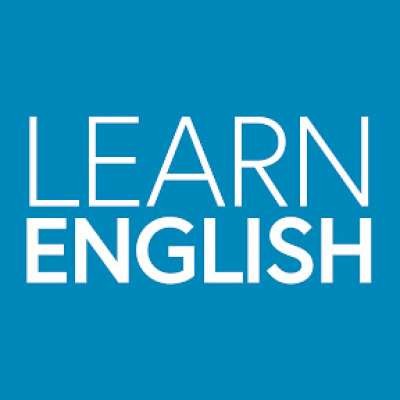English Homophones for Beginners – different words that sound the same!
Homophones are words that have the same pronunciation but are spelled differently. These words can really confuse English learners! Some of the most basic homophones include word pairs like "its" and "it's"; "there", "they're", and "their"; and "close" and "clothes". Learning to recognize homophones is essential if you want to make sure your writing is clearly understood, and it's also essential for building your English vocabulary. This is the first of a three-part series on homophones. If you are already familiar with these homophones, you can always jump to part 2, which is intermediate, or part 3, which is advanced. Homophones are a type of homonym, so you may have heard these types of words described before as homonyms. Thanks for clicking, and don't forget to check your understanding by doing the quiz at the end of the video at https://[a]www.engvid.com%2Fenglish-homophones-1-beginners%2F[/a]
PART 2: Intermediate Homophones https://www.youtube.com/watch?v=w91iiv7Libc
TRANSCRIPT
Oh, hey. Hey, everyone. I'm Alex. Thanks for clicking, and welcome to this beginner lesson on homophones. If you don't know, homophones are a category of homonyms, and homophones are words that sound the same, but they have a different spelling when you write them and they have a different meaning as well. Okay? So in this video I am going to look at 10 groups of homophones; some of them have two words that, you know, have the same sound, some of them have three words that have the same sound, but a different spelling and a different meaning.
The first three I'm going to show you, these are like the holy trinity of mistakes when people are writing English, and basically don't worry if you make these mistakes as a new English learner. I have friends on my Facebook who make these mistakes in writing all the time as well. So they're very important to know, identify, and to correct. Okay?
So first: "it's" and "its". Same sound, different spelling. "It's", "i-t", apostrophe "s" is just a contracted form, the contraction for "it is". Okay? And "its" with no apostrophe is the third person possessive. It's a possessive adjective. So, for example, I was reading a book, this is The Innocent Mage by Karen Miller. I've been reading it for a few days, I'm enjoying it. So: "It's a good book and its cover..." Right? Possessive. "Its cover is really nice. It's a good book. It is a good book, and its cover is really nice." All right, I'm going to put this down for the rest of the video.
Next: "they're", "their", "there". We have "they're", "t-h-e-y" apostrophe "r-e", just like "it's", if you see the apostrophe - contraction. "They are". "Their", "t-h-e-i-r" is the third person plural possessive adjective. And "there", "t-h-e-r-e" is usually used as an adverb of place. So, for example: "They're there with their dog." So: "They are there"-location-"with their"-possessive-"dog". Okay? So: "They are there with their dog. They're there with their dog." All right.
And the third one... If only, if only people would not make this mistake. "You're" and "your". Again, apostrophe... As soon as you see the apostrophe, it's a contraction. So this means it's usually two separate words. "You're", "you are". Okay? And then "your" is the second person possessive, a possessive adjective as well. So: "You're not with your parents, are you?" If you're talking on the phone with your friend-possessive, "y-o-u-r", your friend-you can say: "Hey. Why are you talking, like, so funny? You're not with your parents, are you?" Okay? So, these three, I started with them because they are the most common mistakes, not only for new English learners, but also for long-time born and raised English speakers. So now we're going to go to some other ones, and you guys just follow me.
Okay. Now that we have taken care of the most common mistakes, let's look at some other ones. First: "close" and "clothes". "Close", "c-l-o-s-e" is a verb which is the opposite of open. Okay? So you close a door. Next: "clothes" is a noun, it's a permanently plural noun, and "clothes" refers to what you wear, so a t-shirt, or pants, or a jacket. These are clothes. For example: "Close the door! I'm putting on my clothes!" All right? So: "Close the door! I am putting on my clothes!"
Next: "ate" and "eight". "A-t-e" is the past of the verb "eat", "e-i-g-h-t" is the number, which I put there, eight. So he... "He ate eight hot dogs." Okay? There's a hot dog, I think, times eight, so: "He ate eight (8) hot dogs."
Next: "here", "hear". "H-e-r-e" is an adverb of place. You are here on www.engvid.com or maybe on YouTube, depending where you're watching it. And "hear" is the verb, it's a sensory verb when you, you know, use your ears. In case you can't tell by my art that this is an ear, you hear with your ear. So: "I can't hear you from here." So when I am standing here and you're far away, I can't hear you from here. I will go closer to you or you need to come closer. Okay.




















